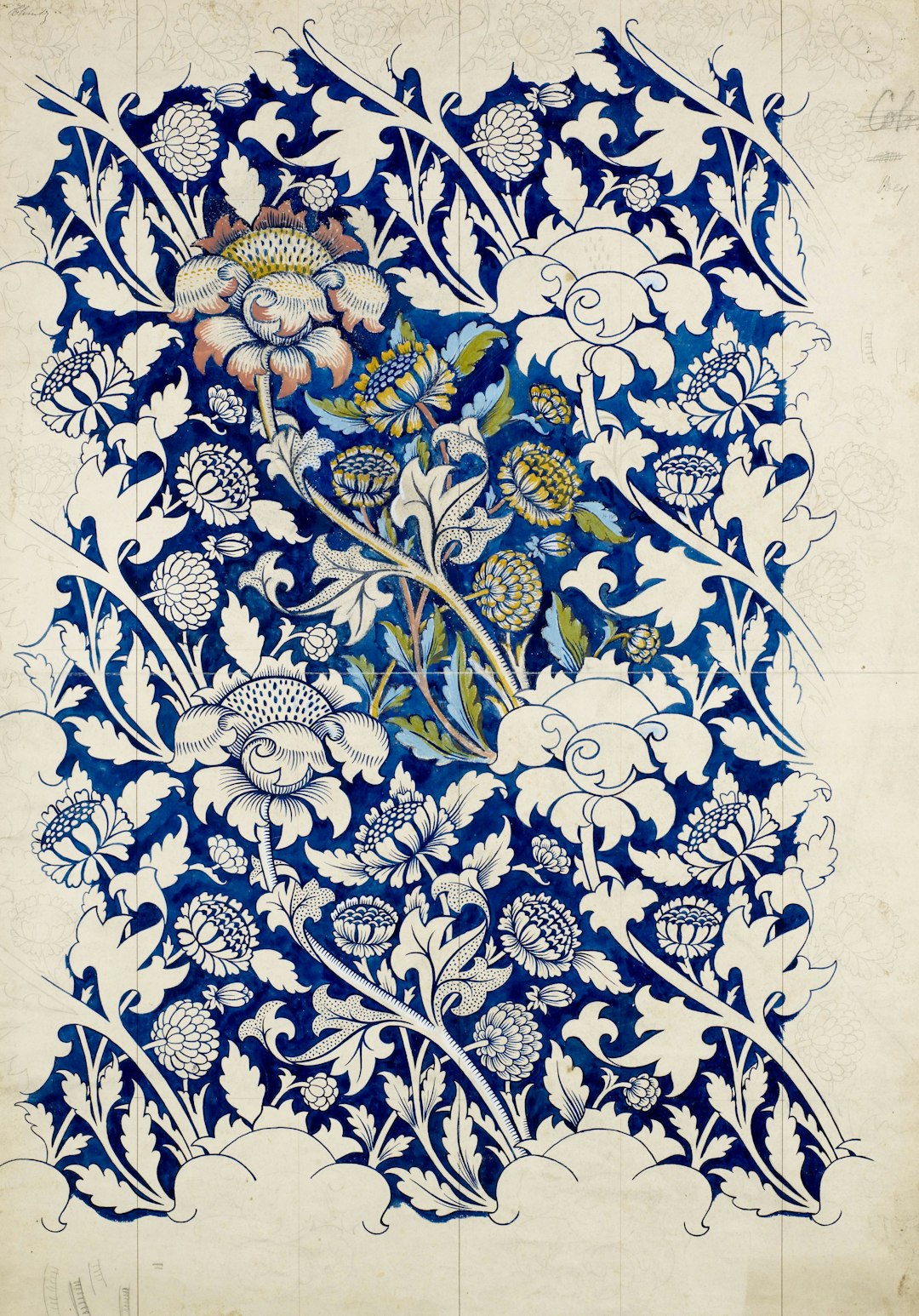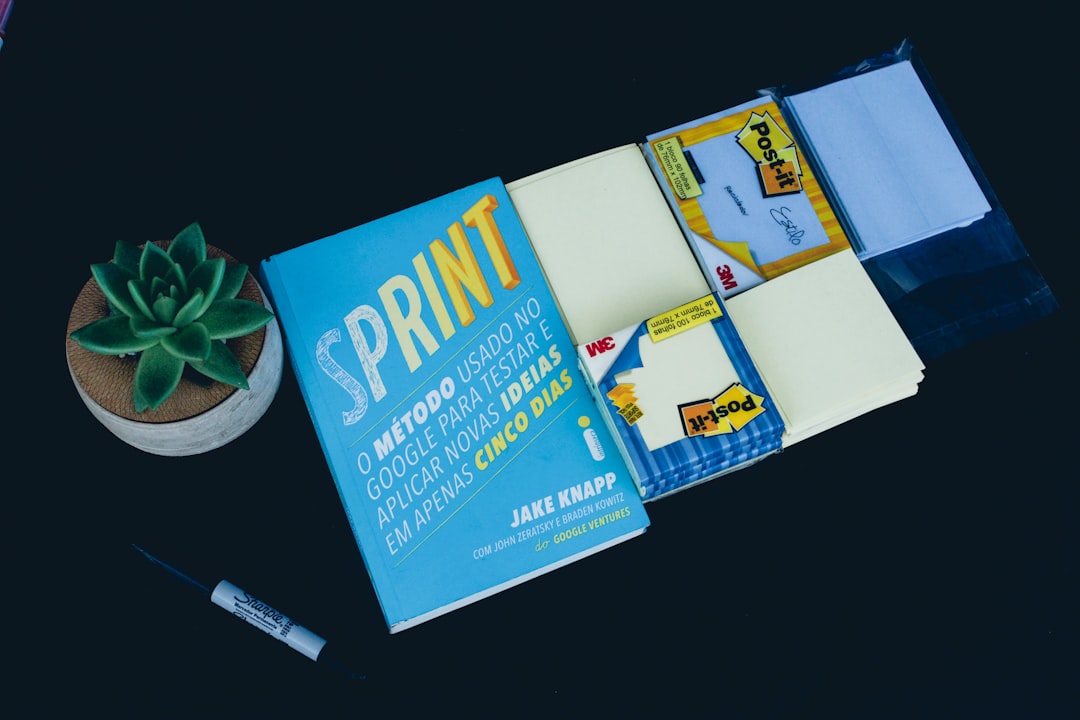In recent years, artificial intelligence has become a powerful tool for automation, innovation, and creative processes. Among its many applications, AI-generated logos have been gaining traction as a cost-effective and quick solution for brand identity. However, a key question arises: Are AI-generated logos scalable for different applications? Scalability in this context refers to how well a logo maintains its quality, adaptability, and impact when used across a range of formats and platforms — from business cards to billboard advertisements. This article explores whether AI-generated logos can meet the diverse demands of modern branding.
Understanding AI-Generated Logos
AI design platforms typically rely on machine learning models trained on vast datasets of existing logos and design elements. Users input keywords, preferred styles, and color palettes, and the system produces several logo options based on the instructions. These tools are designed to offer fast results, but questions remain about their flexibility and scalability across various media.

The Key Elements of Logo Scalability
Scalability isn’t just about resizing. It’s about how well a logo performs in different environments while retaining clarity, visibility, and brand essence. A scalable logo should be:
- Resolution-Independent: It should remain crisp and legible whether displayed on a smartphone or a large LED screen.
- Versatile: It should adapt seamlessly across all branding materials such as websites, merchandise, social media, and print.
- Color-Adaptable: A well-designed logo works in full color, black and white, or grayscale without losing impact.
- Minimalist and Memorable: Simplicity aids adaptability. The simpler the logo, the easier it is to scale and recognize.
When testing AI-generated logos against these principles, several advantages and challenges emerge.
Advantages of AI-Generated Logos
One of the main benefits of AI-generated logos is speed. Branding agencies can spend weeks designing a logo, whereas an AI engine can produce multiple variations in minutes. The following points highlight the strengths of AI in this domain:
- Cost-Effective: Ideal for startups or small businesses with limited budgets.
- Customizable Templates: Many AI logo generators offer editable vector formats like SVG or EPS, which are inherently scalable.
- Access to Diverse Styles: Users can explore a range of design aesthetics without needing design expertise.
Many platforms now also offer editable elements, which allow users to refine the chosen design to fit their branding goals more effectively.
Limitations and Concerns
Despite these benefits, AI-generated logos still face several limitations regarding scalability:
- Lack of Design Nuance: AI may not fully grasp abstract branding concepts, leading to logos that are overly simplistic or derivative.
- Inconsistent Styles: Some AI platforms produce inconsistent design elements, which can affect how well a logo translates across different media.
- File Format Restrictions: Not all platforms deliver output in multiple formats. A design rendered only in raster form (e.g., PNG) won’t scale well for large prints or 3D applications.
Moreover, without human input, issues like cultural sensitivity, brand narrative, and emotional resonance can be overlooked.

Best Practices for Maximizing Scalability
If you choose to use an AI-generated logo, there are several strategies to ensure it’s scalable:
- Export in Vector Formats: Always ensure the final logo can be downloaded in scalable vector formats like SVG or AI.
- Test Across Contexts: Preview the logo in various use cases — from tiny mobile app icons to large signage — to confirm quality.
- Edit Post-Generation: Use graphic editing software to refine and enhance the logo as needed.
Combining AI tools with minimal post-processing by a human designer can yield impressive results, balancing efficiency with quality.
Conclusion
AI-generated logos are indeed scalable — but with certain caveats. Their scalability depends largely on the formats provided, the sophistication of the AI engine, and the user’s willingness to customize and test the design across platforms. While not perfect, these tools offer an increasingly viable option for modern businesses seeking efficient branding solutions.
With advancements in generative design and machine learning, the future of scalable AI-generated branding looks increasingly promising — especially when used in collaboration with skilled human insight.
